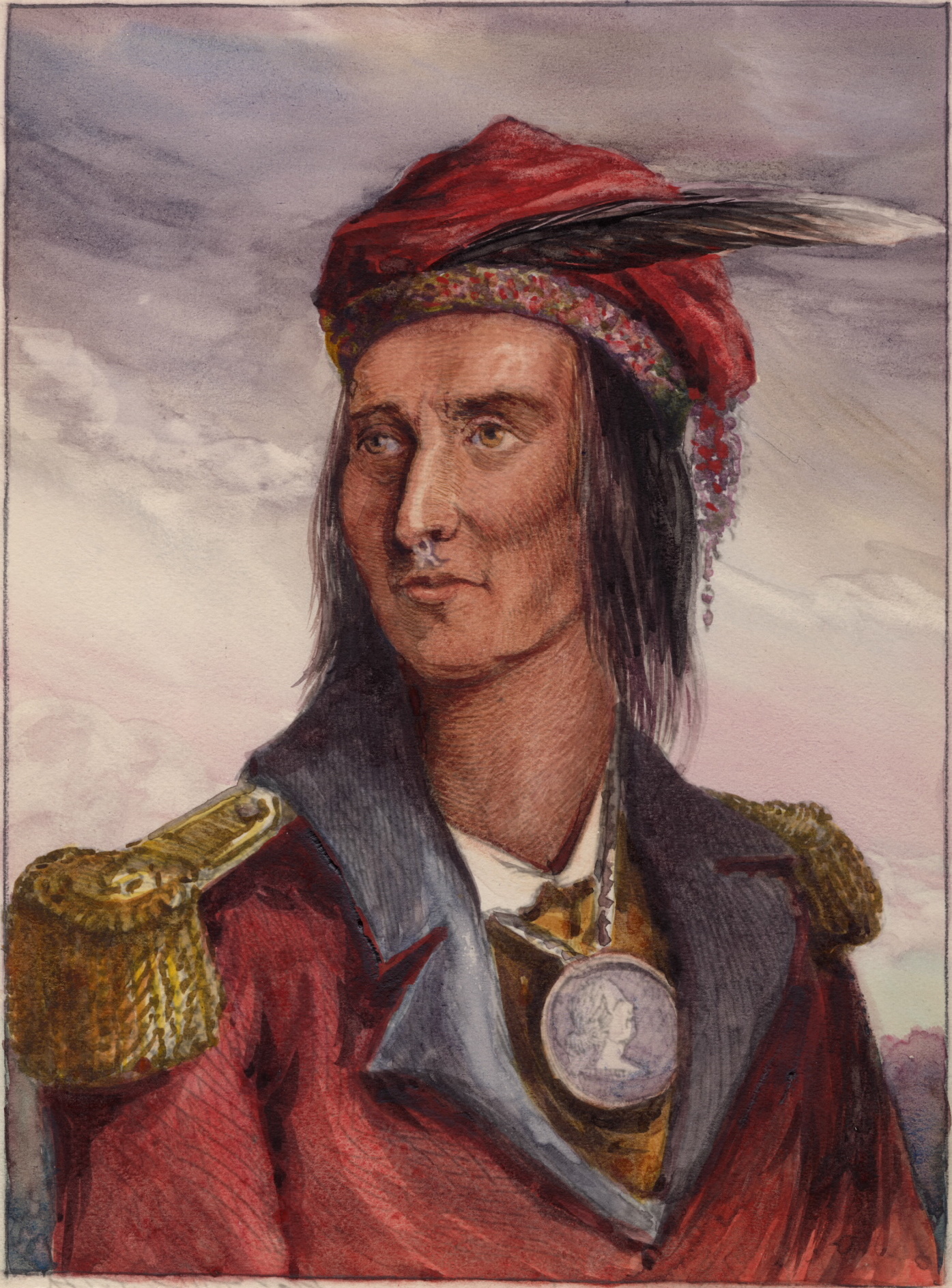SB
on Game of Thrones: Episode 6.3 (Blog
17 for 5/10/16)
Bran’s
Vision
My
favorite scene from the third episode of the sixth season of Game of Thrones was Bran Stark’s vision
of his father, Eddard Stark. Even though
season six has seen the return of Kit Harrington to revive the role of Jon Snow,
the sixth season has not yet, to my disappointment, brought back Sean Bean to
revive the role of Ned Stark.
Bran’s warging vision
was of a famous fight from Ned’s youth. The
fight scene was fascinating, took place in a really beautiful setting, and was,
perhaps, the most intense scene of the episode.
Interestingly, this
scene made Ned Stark appear to be much more human than the mythologized version
of Ned that many are familiar with. Contrary
to Ned’s version of the story that Bran was familiar with and was told his
whole life, it was discovered that Ned did not win this fight cleanly. In fact, not only were Ned’s opponents
outnumbered, but Ned’s last surviving opponent was killed by being stabbed in
the back.
Since there was not a
great deal of coverage of Bran in the remainder of the third episode of the
sixth season of Game of Thrones after
Bran’s vision of Ned’s unfair fight, it is difficult to determine if this
vision will have a negative impact on Bran’s image of his father. Even though Bran might think differently of
his father after seeing this, I am sure that this will not be detrimental to
Bran’s overall image of and level of respect for his father.
If anything, I think
this scene made Ned seem more human and less god-like, which is a good thing. This scene made me wonder what would happen
if I visited my grandpa’s childhood fights, which he still brags about to this
day.
Sean
Bean Theory
Even though I mentioned
that I was disappointed about the lack of Sean Bean in the sixth season of Game of Thrones, it is possible that
Sean Bean might return in later episodes of season six because Bran continues
to have warging visions of the past. To
my fellow Sean Bean fanatics: there is
still hope.
Also, it is worthy of
mention that Ned’s backstabbing scene did bring back the idea of Sean Bean, in
a way, because this scene reminded me of another Sean Bean-related character
from fiction media: Agent 006. Ever since I saw Sean Bean (as Agent 006 or Alec
Trevelyan) betray Pierce Brosnan (as Agent 007 or James Bond) in director Martin
Campbell’s GoldenEye (1995) as a
child, I have always expected Sean Bean’s characters to be traitors.
Yes, I have had this
suspicion of Sean Bean characters every time I have ever watched a Sean Bean
film or show in my entire life (post-GoldenEye). Yes, I know that this suspicion of Sean Bean
characters is entirely ungrounded and completely illogical. However, a part of me has
never been able to completely free myself of this strange childhood association
between Agent 006 and betrayal.

Even
though the backstabbing in Game of
Thrones was a literal backstabbing and not a metaphorical one (like the
betrayal in GoldenEye) and even
though it was not Sean Bean (or even Sean Bean’s character) who did the actual backstabbing
in Game of Thrones, it is undeniable
that this scene reminded me of my childhood suspicion of Sean Bean characters
because this scene resulted with a dramatic change in perception of a Sean
Bean-related character.
Even though I declared
above that Ned’s unfair fight and Ned’s lying about it should not be detrimental
to Ned’s character or people’s perceptions of Ned’s character, I cannot deny
that this scene made me second guess a Sean Bean character and that this reminded
me of my strange suspicion of Sean Bean characters. I felt this connection was
funny and worthy of sharing.
Next Week
Works
Cited
This is the final required blog post, but it is declared that I will most likely be viewing future episodes of Game of Thrones. One particular character I am interested in is Theon. With the exception of the preview for next week's episode, there was no coverage of Theon in this episode. This character has gone through an incredible transformation and I believe that Theon has potential to do great things in the battle for the throne.
GoldenEye. Dir. Martin Campbell. Perf. Pierce Brosnan, Sean Bean, Izabella Scorupco,
Famke Janssen, and Joe Don
Baker. Eon Productions, 1995. Film.




